Both T8451 and T8461 from ICS TRIPLEX are digital output modules that adopt Triple Module Redundancy (TMR) technology, playing a crucial role in industries such as industrial automation with high reliability requirements. However, they differ significantly in multiple aspects, and these differences determine their applicability in different application scenarios.
Basic Information Comparison
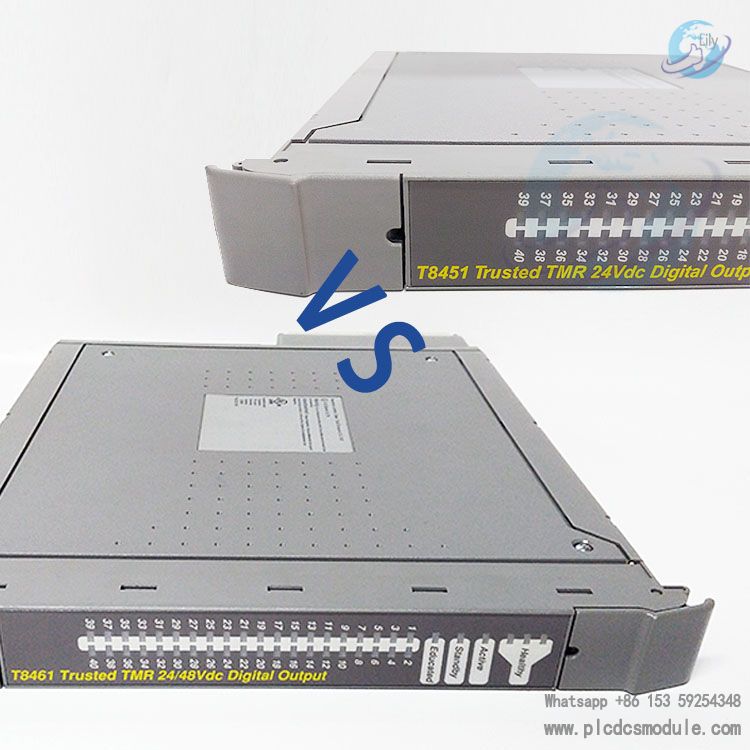
Technical Parameters Difference
(1) Electrical Characteristics
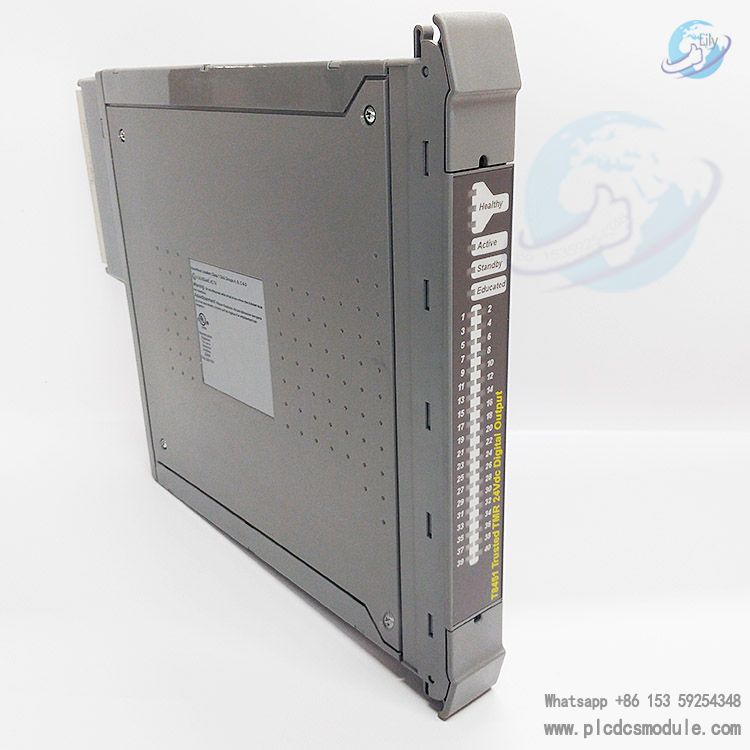
Environmental Adaptability
Mechanical Specifications
Functional Design Differences
(1) Core Architecture
(2) Diagnostic and Monitoring Capabilities
Compatibility and Configuration
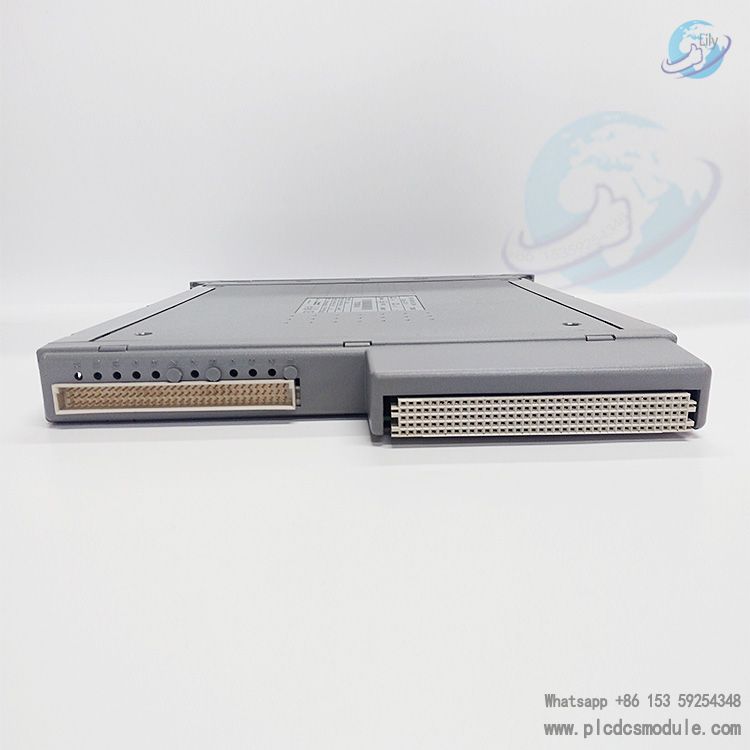
Application Scenario Differences
(1) Industry Adaptation
(2) System Integration
In terms of diagnostic functions, the T8461 has significant advantages. It features comprehensive automatic diagnostic and self-check functions. Each channel is equipped with automatic line monitoring, enabling precise detection of open and short circuits in field wiring and load faults. Additionally, it supports 1ms-resolution onboard Sequence of Events (SOE) reports, providing detailed and accurate data support for fault troubleshooting and system maintenance. The T8451 only has an electronic short-circuit protection function, which automatically activates the protection mechanism when a short circuit occurs in the output. Therefore, it is inferior to the T8461 in terms of the richness and meticulousness of diagnostic functions.
The protection level reflects the module's ability to resist external environmental interference. The T8451 has a protection level of IP30, which can only prevent the intrusion of objects larger than 2.5mm in diameter and provides basic dust protection. The T8461 has a protection level of IP67, which can not only completely prevent dust from entering but also remain unaffected when immersed in water for a certain period, allowing it to operate stably in harsher environments.
Although both T8451 and T8461 belong to the Trusted TMR digital output module series, as a subsequent iterative product, T8461 has significant improvements in voltage compatibility, safety design, diagnostic capabilities, and system integration. Users can select appropriate models based on on-site power supply requirements (24V/48V), the strictness of safety certifications, and system upgrade needs. Among them, T8461 is more suitable for scenarios pursuing high reliability and modern industrial communication standards.
In addition to the well - known T8451 and T8461, ICS Triplex also offers a series of other digital output modules to meet the complex requirements of different industrial scenarios.
T8421 Digital Output Module: The T8421 is specifically designed to meet the demand for a specific number of output channels. It has multiple TMR output channels, making it suitable for constructing relatively complex industrial control loops. In terms of output characteristics, its output voltage is compatible with common industrial DC voltage levels, enabling it to provide stable driving signals for field devices. Although the output current per channel of the T8421 cannot reach the 2A rated output current of the T8451, through reasonable power grouping and channel layout, it can still supply power to devices with different load characteristics. For example, in some small - scale automated production lines, the T8421 can precisely control the start and stop of various actuators, ensuring the smooth operation of the production line with its stable performance. Its diagnostic function is quite practical, capable of detecting basic faults in the output lines, such as simple open - circuit faults. Although it is less comprehensive and precise in diagnosis compared to the T8461, it can meet the basic requirements for many conventional industrial scenarios.
T8431 Digital Output Module: The T8431 has unique features in its functional design, especially in the optimization of communication interfaces. It not only supports some basic communication methods but also adapts to specific industrial network protocols, giving it obvious advantages when integrating with certain professional control systems. In some factory automation systems that use specific industrial Ethernet protocols, the T8431 can interact with the host computer and other devices more quickly and stably, achieving precise control and status feedback of output signals. In terms of output capabilities, the output current and voltage parameters of the T8431 are balanced according to different application scenarios, ensuring both a certain driving capacity and adaptability to various voltage environments. Its operating temperature range has also been carefully considered. Although it may not be able to operate in extreme low - to high - temperature environments like the T8451, it can maintain a high level of stability within the common industrial temperature range, ensuring that the module's performance will not decline due to temperature fluctuations during long - term operation.






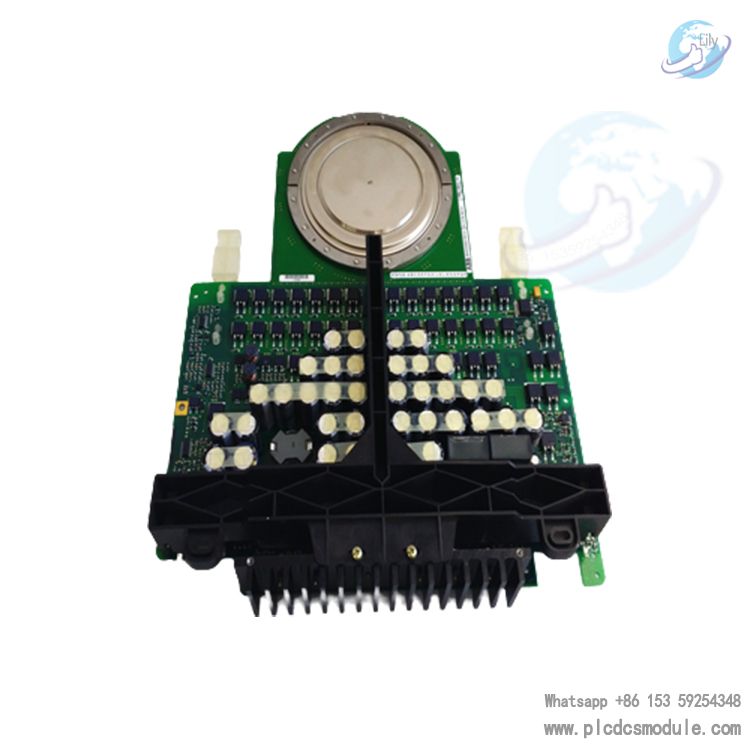
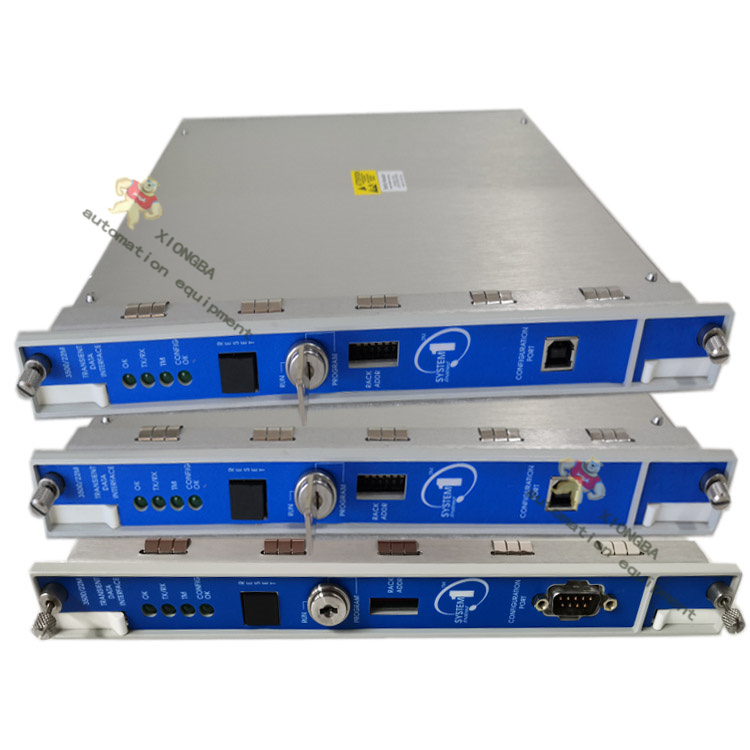
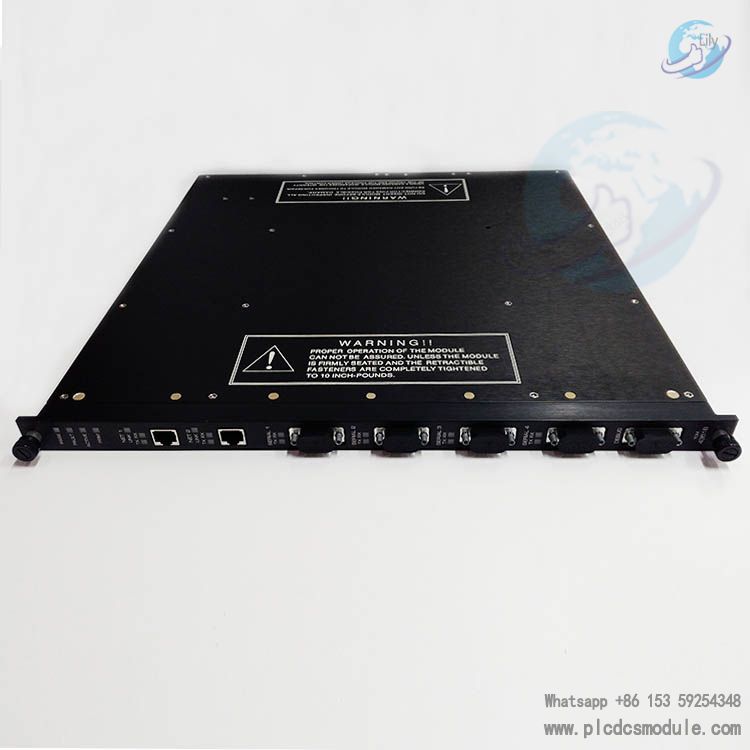
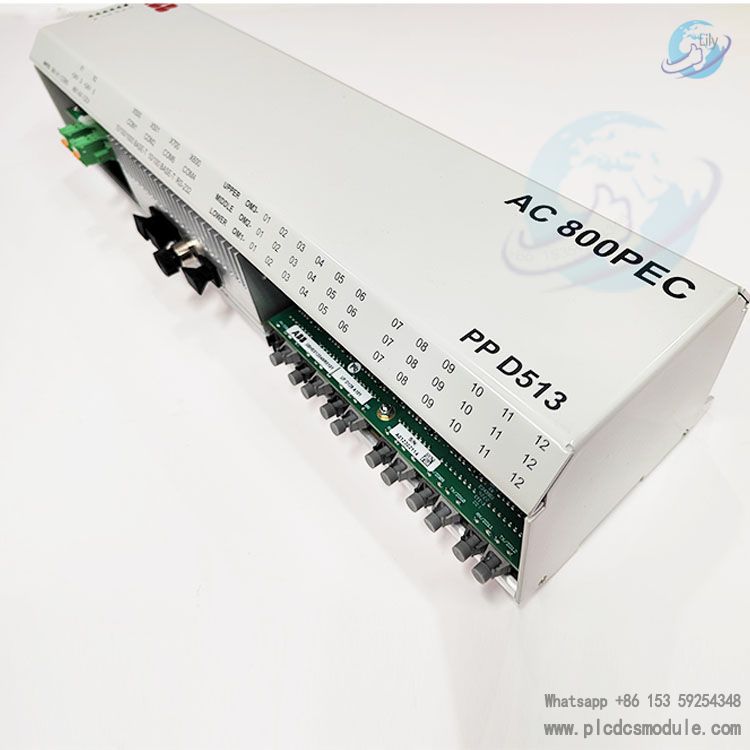
 3005319639
3005319639